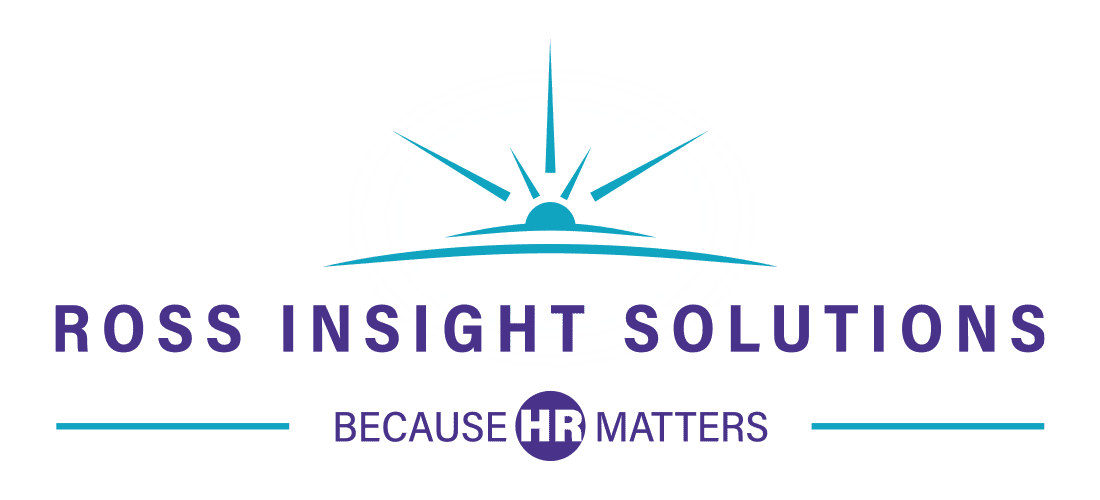Your new hire’s success starts before their first day and continues long after. Yet many small and mid-sized business owners treat employee development as a single event rather than a strategic journey. The reality? Companies who invested in formalized training experienced a 24% higher profit margin (Association for Talent Development).
The secret lies in understanding that orientation, onboarding, training, and mentoring aren’t interchangeable terms—they’re four distinct pillars that work together to create engaged, productive employees who stay with your company longer.
“If you want people to stay, grow, and contribute, you have to invest in the full journey… not just the first day.” — Carolyn Ross, Owner of Ross Insight Solutions
Orientation: Getting the Basics Right
Orientation is your compliance checkpoint. It’s the essential first step that gets new employees legally and logistically set up for success. Think paperwork, policies, payroll setup, and basic company introductions.
Most orientation programs last one to five days and focus heavily on information transfer. Your HR team (or you, if you’re wearing the HR hat) leads these sessions, covering everything from emergency procedures to benefits enrollment. The goal is straightforward: ensure your new hire can legally work, is enrolled in benefits, knows where the bathroom is, and understands basic company rules.
Research from the Society for Human Resource Management shows that a strong onboarding experience ensures that 69% of workers remain with a firm for three years —and that starts with a solid orientation. Without proper orientation, you’re setting everyone up for confusion and the company up for potential compliance issues.
The format typically includes presentations, handbook reviews, and form completion. Your new employee is primarily a passive receiver of information during this phase. They’re not yet building relationships or diving deep into company culture—they’re just getting the foundation in place.
Successful orientation programs maintain high consistency because compliance requirements don’t change based on role or department. Everyone needs the same general training, everyone completes the same tax forms, and everyone learns the same basic policies.
Onboarding: Building Connection and Engagement
Here’s where many businesses stumble. They think orientation is onboarding, but onboarding is actually the strategic process of welcoming new hires and integrating them into your company culture, team dynamics, and role expectations. It begins before day one and, ideally, continues for the first 90 days and beyond.
Related: “What’s Your Why… and Why Does It Matter?”
Gallup studies indicate that employees with exceptional onboarding experiences are 2.6 times more likely to be extremely satisfied with their workplace. That’s because onboarding shifts from information dumping to relationship building and cultural immersion.
Unlike orientation’s HR-led approach, effective onboarding involves managers, team members, and sometimes even clients or customers. Your new hire starts building meaningful connections that will support their long-term success. They’re meeting key stakeholders, understanding team dynamics, and beginning to see how their role fits into the bigger picture.
The format becomes more interactive and personalized. Think regular check-ins, team introductions, role-specific goal setting, and 30-60-90 day planning sessions. Your employee transforms from passive information receiver to active participant in their own integration.
20% of employee turnover happens within the first 45 days (SHRM). Strong onboarding directly impacts this decision by helping employees feel connected, confident, and engaged from the start.
The key difference from orientation? Onboarding is highly role-specific and allows for customization based on department, team culture, and individual needs. A sales hire’s onboarding journey looks different from an engineer’s, but both need the same foundational orientation.
Training: Developing Skills for Performance
Training is where competency meets productivity. While orientation covers compliance and onboarding builds engagement, training focuses specifically on the skills, knowledge, and capabilities your employees need to excel in their roles.
“Businesses can no longer thrive by simply maintaining the status quo. Continuous learning and skill enhancement has never been more important.” Article on Learning and Development by Carolyn Ross.
The timing of training is ongoing throughout employment, but it should start early in the employee lifecycle. Unlike the other pillars, training is primarily led by managers, subject matter experts, peers, or external trainers—not HR.
LinkedIn’s Workplace Learning Report found that 94% of employees would stay at a company longer if it invested in their career development. This highlights training’s dual role: building current performance while showing commitment to employee growth.
Training formats are diverse and should match your learning objectives. Consider workshops for collaborative skills, eLearning for technical knowledge, job shadowing for hands-on experience, and coaching for personalized development. The key is making training engaging and directly applicable to daily work.
Smart training programs are job-specific and continuous. Your customer service team needs different skills than your production staff, and both need ongoing development as your business evolves. This customization requires more planning than orientation or onboarding, but the payoff in employee performance is significant.
Evaluation becomes crucial here. Unlike orientation (where completion is the goal) or onboarding (where engagement matters most), training success is measured through skill acquisition, job performance improvements, and formal assessments.
Mentoring: Accelerating Growth and Retention
Mentoring represents the relationship-driven pillar of talent development. It pairs employees with experienced guides who provide career direction, professional growth opportunities, and personal development support.
The Association for Talent Development reports that 75% of executives credit mentoring as playing a key role in their career success. For small and mid-sized businesses, mentoring can be the differentiator that helps you compete with larger companies for top talent.
Mentoring relationships can be formal or informal, internal or external. Internal mentors provide company-specific knowledge and network connections, while external mentors bring industry perspectives and broader career guidance. The best programs often combine both approaches.
Unlike the other three pillars, mentoring is highly personalized and relationship-dependent. There’s no standard timeline—some mentoring relationships last months, others span years. The focus shifts from immediate job performance to long-term career development and professional growth.
Effective mentoring programs require careful matching of mentors and mentees based on goals, personalities, and career aspirations. The format is typically one-on-one meetings, but can include group mentoring, reverse mentoring (where younger employees mentor senior staff on new technologies), or peer mentoring circles.
Research from Olivet Nazarene University shows that 89% of those who have been mentored will also go on to mentor others, creating a positive cycle of development within your organization.
Building Your Integrated Development Strategy
Start by mapping your current practices against each pillar. Develop tools that allow you to track completion, outcomes and metrics. Train those who are responsible for each aspect of these programs to ensure they are doing a consistent, effective job.
The investment in each of these pays dividends. Companies with comprehensive talent development strategies see 11% higher profitability and are twice as likely to retain their employees. For small and mid-sized businesses, this translates directly to reduced turnover and hiring costs, improved performance and productivity, and stronger competitive positioning.
Taking Action on Your Talent Development Journey
Your employees’ success—and your business growth—depends on getting all four pillars right.
Start by downloading our free 4 Pillars Quick Reference Guide to see how orientation, onboarding, training, and mentoring compare across key factors like timing, leadership, and outcomes.
Next, assess where your current practices might have gaps.
Ready to strengthen your talent development strategy?
Let’s talk about how we can build or strengthen your employee development process, starting today. Reach out to RIS for help getting started building and managing these programs that will transform your workforce and your business results.
Your people are your greatest asset. Investing in their full journey—from first day to long-term growth—isn’t just good for them. It’s essential for your business success.

